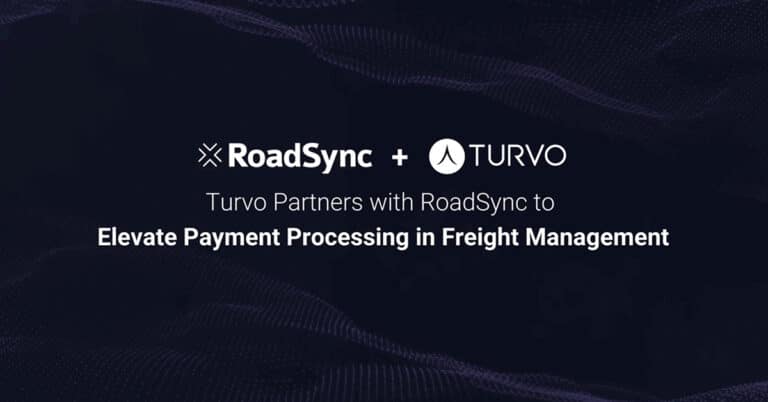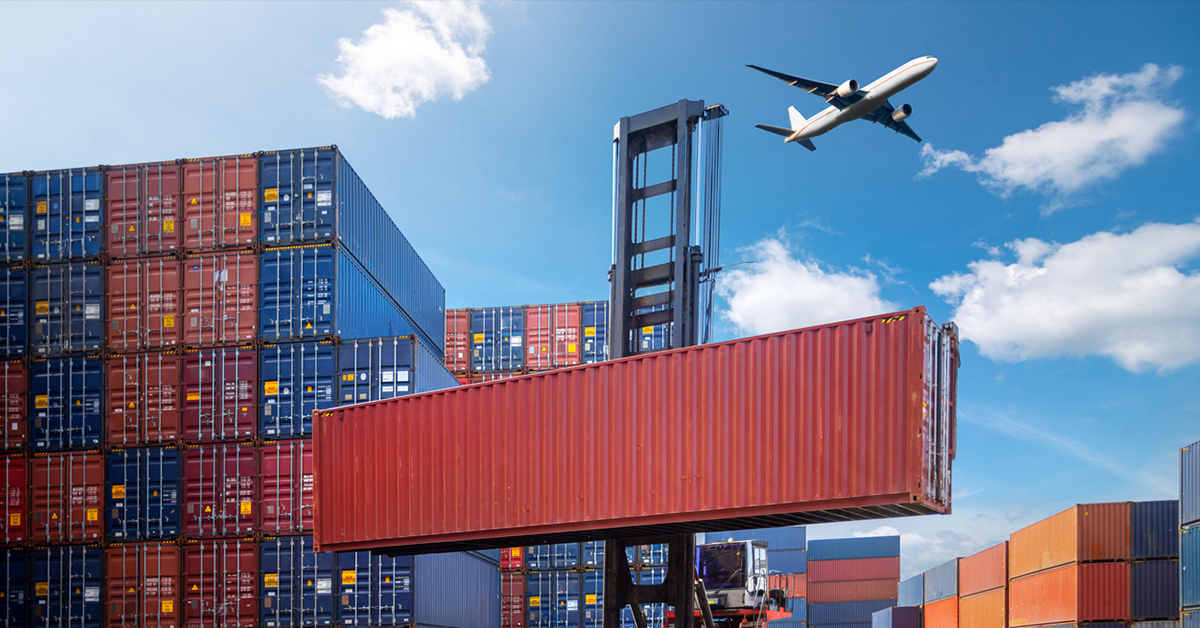A street turn strategy is a fantastic way to maximize routes and prevent empty return trips. One of the most critical strategies to lower costs and increase revenues is minimizing the miles traveled empty. Any amount of money is better than traveling empty, but a street-turn strategy can produce better outcomes.
What Is a Street Turn in Logistics and How Do They Work?
A street turn in logistics is defined as using a container from one trip for a pickup instead of returning it to the rail yard. The carrier has the benefit of running fewer miles, not waiting for a new container at the yard, and making money from both loads. Typically, the container is returned to the rail yard and reserved for future use. A street turn cuts out the return trip, allowing for another load without the return mileage. The carrier saves time, and the customer benefits from not having to find equipment to move freight. Shippers save time as well, resulting in excellent customer service.Why are Street Turns so Difficult to Arrange?
Street turns are a great strategy that should be used whenever possible. Still, they are challenging to arrange, and performing them at scale has been a problem. It’s not that the technology used to arrange street turns doesn’t work, but rather that previous attempts have only resulted in a small number of street turns. Road miles would be massively cut if the number of by increasing street turns two or three times. The reasons street turns are so hard to arrange are:- It’s hard to find matching equipment: Finding a container of the same size from the same shipping line and product grade isn’t easy.
- Visibility is non-existent: Finding an empty container is difficult if you only know the party moving it and the customer receiving it. The port might not even know the destination. When no one wants the rest of the world to know who their customers are or where the containers the viability of street turns falls apart. These systems only work when companies agree to volunteer the information.
- Timing is a problem: The when and what are difficult enough, but parties also need to know when they can match up for a street turn.
- They require much labor: Setting up a street turn takes time. Finding and coordinating the drop-off location isn’t easy.
- Truckers don’t always get along: They aren’t going to do business that helps them if they don’t like each other.
- Truckers have to get permission: Parties have to get permission for a street turn from the chassis pools and the shipping line.
- Low dray rates: If the dray rates are so low that little profit results, there is minimal room for cost savings. Add the time to execute and arrange the turn, and taking the hit and returning to the port might be the better option.
- Industry resistance: There is a perception by labor unions that if street turns happen at scale, the opportunities for maintenance and repair will decline, and gate traffic will fall. These assumptions are not necessarily true, but the perceptions have made ports reluctant to consider the practice.
- The chassis is a factor: A street turn doesn’t require coordination of a container but the chassis under the container. As the chassis is usually rented from a chassis pool, permission from the chassis pool is needed.
What are the Benefits of a Street Turn Strategy?
There are tremendous benefits to a street turn strategy, and all result in significant increases in profitability.Street turns cut down the time spent on each trip, speeding up delivery
Going directly from a live drop to a live load is tremendously more efficient than returning to the yard. Deliveries happen much more quickly, accelerating your profits.Maximizing intermodal container usage and turn chassis and equipment faster to help smooth freight operations
Returning equipment to the yard before its next use reduces its time in use and slows all freight operations. Variability is reduced when the equipment stays in continuous use.Reduce empty miles and waste
Our slow progress in advancing street turn strategies is distressing, considering the tremendous potential upside. The potential upside for street turns is that 20 million empty truck ships could be saved if the industry could source all empty containers. Since the average distance from a port to the distribution center is 150 miles, using every street turn container would save 3 billion truck miles. Additionally, they would save 1 billion trucker hours, 20 million empty container visits, and 923 million gallons of diesel. The fuel savings alone are nearly $1 billion. This freight revolution will always be worthwhile, even if these numbers were inaccurate or cut in half multiple times.How Do Street Turns in Container Logistics Optimize Inland Freight Moves?
Container visibility and a street turn strategy enable logistics managers at 3PLs, like Port X Logistics, to proactively optimize routes from port to drayage, to inland freight move by truck (truckload, LTL) or into the intermodal move. With all of the challenges of street turns, they might seem impossible or too much work, but there is a way to simplify these transactions and make them work for you. Turvo has partnered with MatchBack Systems to make simplified street turns part of its end-to-end solution for brokers and 3PLs. The benefits of this integrated system are:- Seamless street turns: Everyone in the supply chain benefits from efficient street turns. The Turvo collaborative platform opens communication so stakeholders have more opportunities for street turns. Automating and optimizing street turns through a single database means shippers, carriers, truckers, and intermediaries work from an easy-to-use system. It easily connects them with the right partners at the right time.
- Cost savings for all stakeholders: Strategic procurement lets stakeholders lock in savings. The improved partner collaboration provides efficiency gains and substantial cost savings for all parties. Optimizing street turns increases container velocity and port congestion relief, creating even more significant savings.
- Sustainability goal setting: Reduced miles translate to lower emissions. Turvo uses emissions data to track CO2. It also tracks distance and fuel saving. With these measurements, you know exactly where you are in meeting your sustainability goals.









